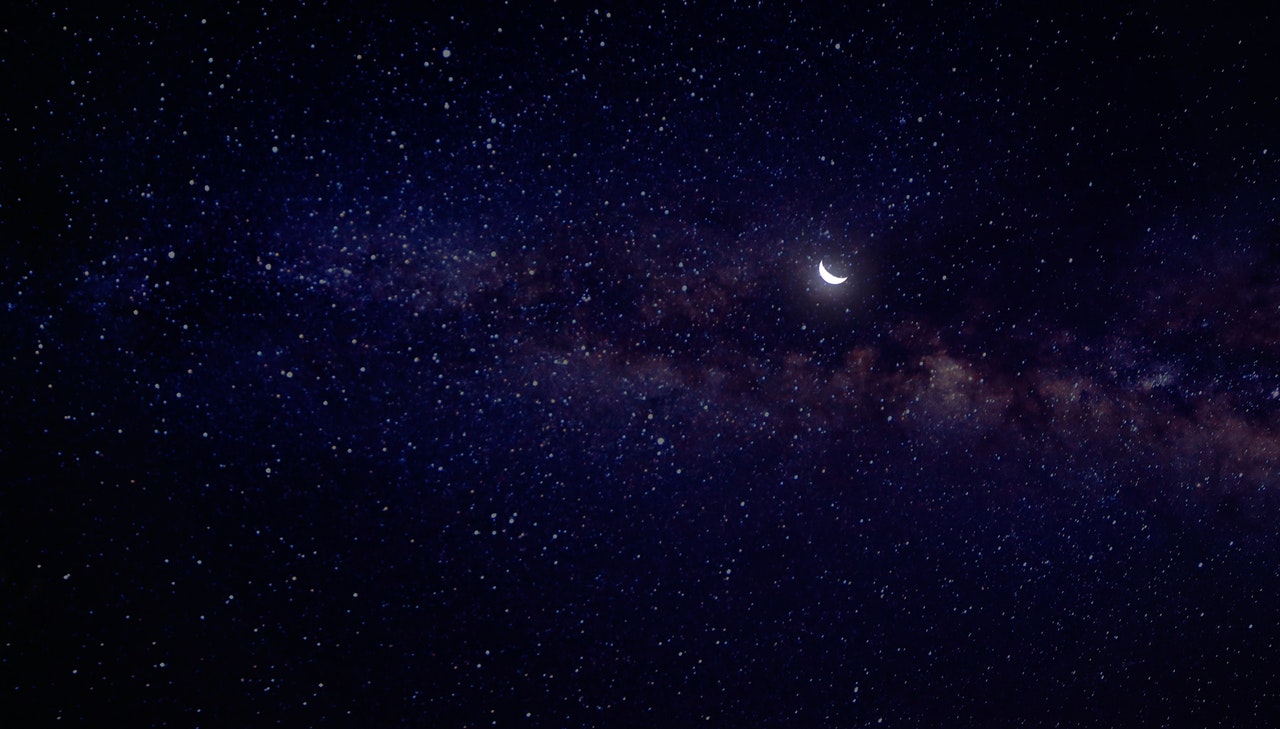Rotating Habitats
My entry for Inktober 2019. 'Ring'
Rotating habitats have been used throughout history and are commonly accepted as the only way to sustain long-term habitation in space. Today there are over 3 trillion unique rotating constructions around the Solar System. The first rotating habitat built in space was NASA's Gateway station, which was equipped with a 10 meter habitation section in 83 PA.
A circular habitat is a ring-shaped space station that rotates to provide gravity for its inhabitants through centripetal force. Habitats are sorted into 5 groups based on the maximum number of inhabitants they can sustainably hold. These classes are Fiefdom, Barony, Kingdom.
- A | Fiefdom-Class | <1000 population | Up to 200 meters in radius.
- B | Barony-Class | <100,000 population | Between 200 and 1000 meters in radius.
- C | Kingdom-Class | <10,000,000 population | Between 1 and 10 kilometers in radius.
Rotating habitats are never found alone, as the require at least one pair to counter-rotate with them, providing both habitats with gyroscopic stability. Large clusters of these habitats form even greater constructs, such as the Kingdom-class masses of The Citadel Initiative, or the many Menschen Stapel. O'Connor Station is actually a very large conjoined Citadel made up of 18 Kingdom-Class habitats, each of which maintain a population of 400 million people using imported foodstuffs. Plans have been made to add 6 more habitats to this mega-cluster by 432.
Manufacturing
Rotating habitat manufacturing is relatively cheap, and automation is extremely useful in this process. Most companies can create a Barony-Class cylinder within a few weeks out of the material of a small asteroid. The average asteroid can supply the metals and silicon for 2 or 3 Kingdom-class stations, although other materials such as nitrogen and oxygen must be imported from Venus or the outer planets.
The official formulae for a habitat's maximum sustainable population is as follows:
( Internal Surface Area - Window Area / 503 ) * SQRT ( radius)
Calculated population, power requirements, and window sizes for a range of habitat sizes can be found here.
Space Habitat Calculations
Space Habitat Calculations
Parent Technologies
Children Technologies
Access & Availability
As of 421, approximately 68% of the Human Race live inside a rotating habitat. They can be found around every planet and moon in the Solar System, and around some of the Sun's neighboring star's as well. Most long haul spaceships have rotating sections for crew accommodations.
Complexity
Rotating habitats are among the most cost-effective living spaces for humans, beaten out barely by bowl-habitats on asteroids or apartment spaces in the Lunar-cities.
Remove these ads. Join the Worldbuilders Guild









Comments